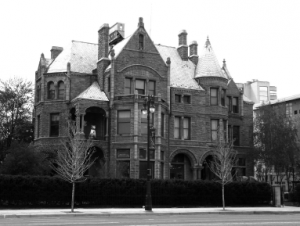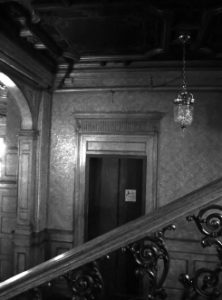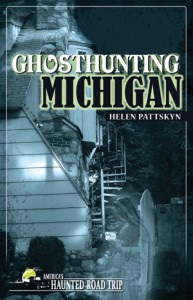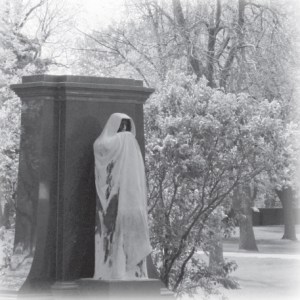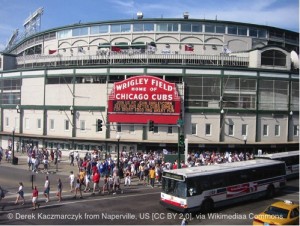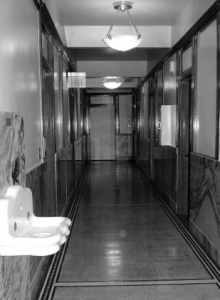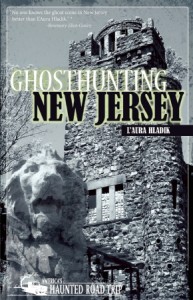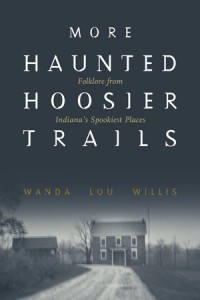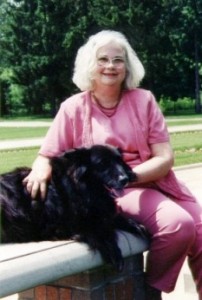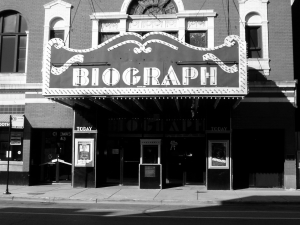Jeff Morris and Vince Sheilds share the history
and ghost activity of Chicago’s Congress Hotel
Directions The Congress Hotel is near the center of Chicago at the intersection of Michigan Avenue and Congress Parkway. The hotel is a couple blocks from the lake and overlooks Grant Park. The street address is 520 South Michigan Avenue, Chicago, Illinois 60605.
 History The hotel was a grand structure built to cater to attendees of Chicago’s 1893 World’s Fair. Throughout its many years of operation, countless famous individuals have stayed at the hotel, including movie stars and several Presidents of the United States.
History The hotel was a grand structure built to cater to attendees of Chicago’s 1893 World’s Fair. Throughout its many years of operation, countless famous individuals have stayed at the hotel, including movie stars and several Presidents of the United States.
Some say that the Congress Hotel had become a headquarters for Al Capone during his reign as crime lord during Prohibition, although there is little evidence to support this theory.
Another rumor suggests that it is the inspiration behind Stephen King’s short story “1408.” In this story, a writer who pens ghost stories stays in a hotel that supposedly has a room so haunted, no one will stay in it. During the one night he lodges there, he experiences the most terrifying moments of his life.
Ghost Story Several rooms throughout the hotel are considered haunted. The most haunted room that is still open to the public is room 441. Many strange things happen in this room, including the sounds of voices, manifestations of apparitions, the presence of cold spots, and poltergeist activity that includes objects launching themselves across the room. There is also rumored to be a room on the hotel’s 12th floor that is so haunted, it is actually closed to the public and hidden from view. The doorway is said to have been permanently sealed and wallpaper installed over it.
The Florentine Room was once a roller-skating rink. Today, people still hear the sounds of roller skates crossing the floor, as well as those of organ music. People on the fifth floor of the building often hear moans near the elevator. Throughout the common areas of the hotel, objects are said to throw themselves across the room. Cold spots and apparitions are also felt and seen throughout the hotel, especially after dark.
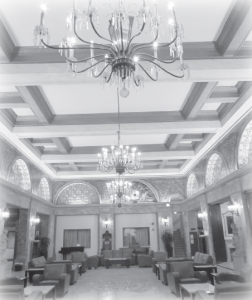 Another haunted room in the hotel, the Gold Room, is frequently used for events and weddings. A strange phenomenon often appears in wedding photographs. People who are known to have been present in pictures are mysteriously absent in the final photographs. There are blank spots in the photographs where the people were standing, and no one can explain why they are not there. The mysterious photographs are most often taken near the grand piano in the Gold Room.
Another haunted room in the hotel, the Gold Room, is frequently used for events and weddings. A strange phenomenon often appears in wedding photographs. People who are known to have been present in pictures are mysteriously absent in the final photographs. There are blank spots in the photographs where the people were standing, and no one can explain why they are not there. The mysterious photographs are most often taken near the grand piano in the Gold Room.
The most famous apparition in the building is named Peg Leg Johnny and belongs to a homeless man who was killed at the hotel. People report seeing a haggard, one-legged man in the south tower of the hotel who mysteriously vanishes into thin air upon being approached.
Visiting Due to its tony location and grand view, it is rather pricey to stay at this hotel for the night. But actually booking a room is really the only way to explore and perhaps experience its ghosts. If you do choose to stay at the hotel, you can ask to reserve room 441, if it is available. The hotel is beautiful, convenient to many attractions, and offers amazing views of Michigan Avenue and the lake. If you can afford a night here, it is well worth the money. Beyond this, the décor makes it feel as though you are entering a different time and place.
For 98 more ghostly places to visit in and around the Windy City, check out the authors’ Chicago Haunted Handbook. Ghost hunters Jeff Morris and Vince Sheilds explore all the best haunted locales Chicago has to offer, including Resurrection Cemetery, Bachelor’s Grove Cemetery, Murder Castle, St. Valentine’s Day Massacre Site, and even Wrigley Field.
